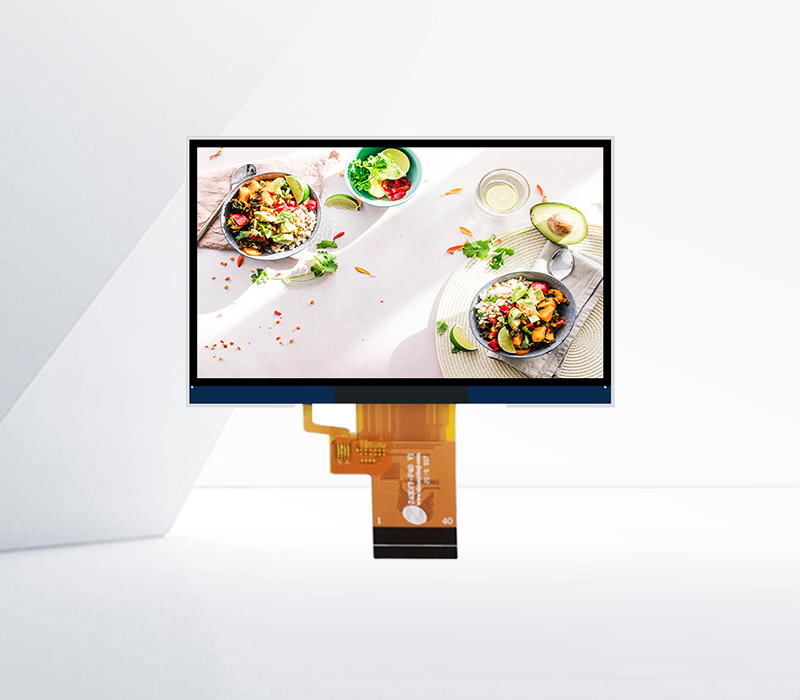




OLED (Organic Light Emitting Diode) and LCD (Liquid Crystal Display) have significant differences in multiple aspects:
From the perspective of display principle
OLED: It is a self luminous display technology. Each pixel can emit light autonomously, and the brightness and color can be adjusted by controlling the current of the pixel. When an electric current passes through organic luminescent materials, these materials will emit light, thereby displaying an image.
LCD: relies on liquid crystal molecules to control the transmission of light. LCD itself does not emit light, it requires a backlight (usually a cold cathode fluorescent lamp or LED backlight). Liquid crystal molecules change their arrangement under the action of an electric field, thereby controlling the intensity of the light transmitted by the backlight and forming an image.
In terms of contrast
OLED: It can achieve extremely high contrast. Because each pixel can be independently turned off, black pixels almost do not emit light and can present true black, so the contrast ratio can be as high as one million to one.
LCD: Due to the constant presence of a backlight, even if the liquid crystal molecules completely block the light, it is difficult to achieve true black, and the contrast ratio is usually around 1000:1 to 3000:1.
In terms of perspective
OLED: It has a very wide viewing angle, allowing the screen to be viewed from almost any angle without significant color distortion or brightness reduction.
LCD: The viewing angle is relatively narrow, and when viewed from the side, there may be phenomena such as color fading and reduced contrast, especially for low-end TN LCD panels.
In terms of response time
OLED: The response time is very short, usually in microseconds, and it can quickly switch images with almost no ghosting when displaying fast-moving images.
LCD: The response time is relatively long, especially when displaying high-speed moving images where ghosting may occur. However, high-end LCD panels are constantly improving their response time.
In terms of thickness and flexibility
OLED: can be made very thin and flexible, can be bent and folded, suitable for making curved screens and foldable devices.
LCD: Due to the need for backlight and other components, the overall thickness is relatively thick, and it is not easy to achieve flexible design.
In terms of lifespan
OLED: Organic light-emitting materials will gradually age with increasing usage time, especially blue pixels, which have a relatively short lifespan and may experience screen burn-in after prolonged use.
LCD: Under normal use, its lifespan is relatively long, and the lifespan of the backlight source can usually reach tens of thousands of hours.
